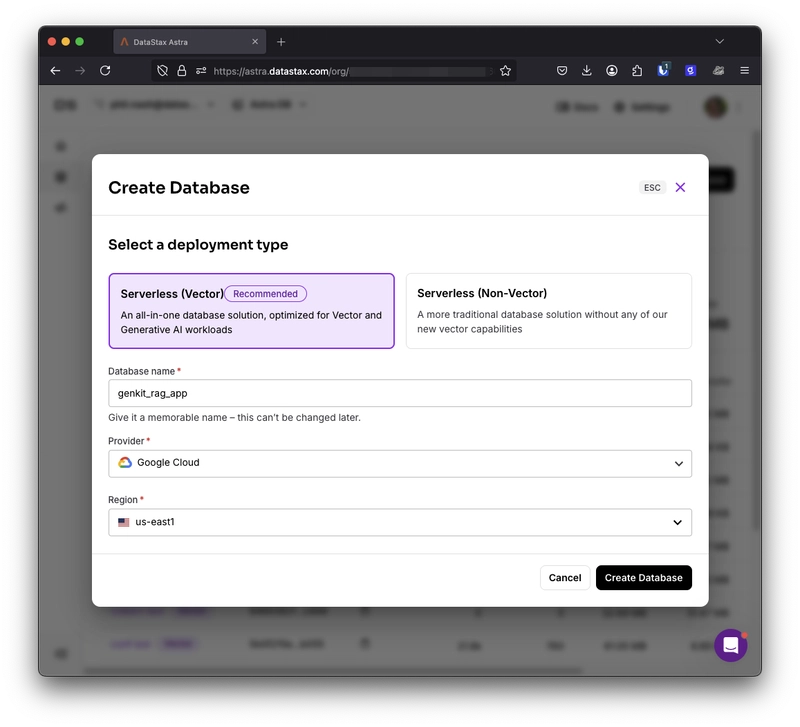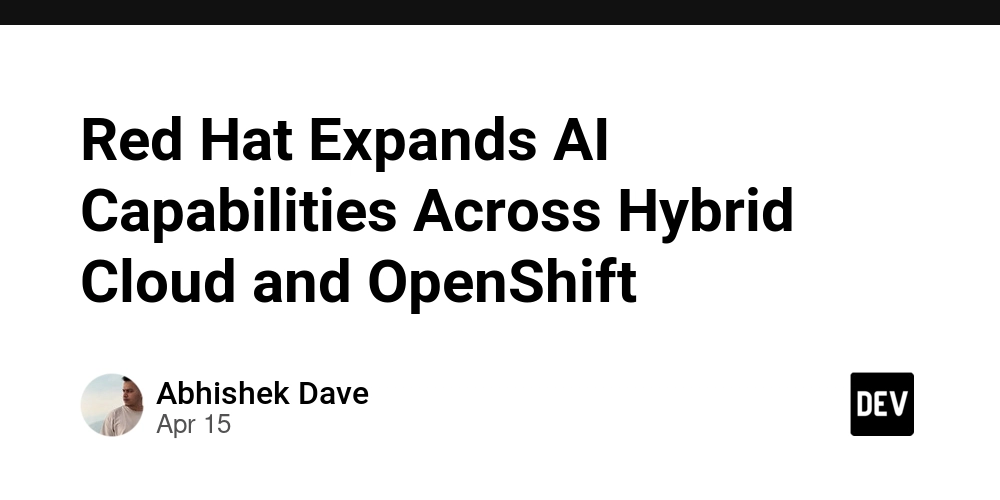Replace HELM with KISS
Helm Helm was designed to simplify Kubernetes application deployment, but it has become another abstraction layer that introduces unnecessary complexity. Helm charts often hide the underlying process with layers of Go templating and nested values.yaml files, making it difficult to understand what is actually being deployed. Debugging often requires navigating through these files, which can obscure the true configuration. This approach shifts from infrastructure-as-code to something less transparent, making it harder to manage and troubleshoot. imagePullPolicy: {{ .Values.defaultBackend.image.pullPolicy }} {{- if .Values.defaultBackend.extraArgs }} args: {{- range $key, $value := .Values.defaultBackend.extraArgs }} {{- /* Accept keys without values or with false as value */}} {{- if eq ($value | quote | len) 2 }} - --{{ $key }} {{- else }} - --{{ $key }}={{ $value }} {{- end }} {{- end }} {{- end }} YAML itself isn’t inherently problematic, and with modern IDE support, schema validation, and linting tools, it can be a clear and effective configuration format. The issues arise when YAML is combined with Go templating, as seen in Helm. While each component is reasonable on its own, their combination creates complexity. Go templates in YAML introduce fragile constructs, where whitespace sensitivity and imperative logic make configurations difficult to read, maintain, and test. This blending of logic and data undermines transparency and predictability, which are crucial in infrastructure management. Helm's dependency management also adds unnecessary complexity. Dependencies are fetched into a charts/ directory, but version pinning and overrides often become brittle. Instead of clean component reuse, Helm encourages nested charts with their own values.yaml, which complicates customization and requires understanding multiple charts to override a single value. In practice, Helm’s dependency management can feel like nesting shell scripts inside other shell scripts. Kustomzie Kustomize offers a declarative approach to managing Kubernetes configurations, but its structure often blurs the line between declarative and imperative. Kustomize applies transformations to a base set of Kubernetes manifests, where users define overlays and patches that appear declarative, but are actually order-dependent and procedural. It supports various patching mechanisms, which require a deep understanding of Kubernetes objects and can lead to verbose, hard-to-maintain configurations. Features like generators pulling values from files or environment variables introduce dynamic behavior, further complicating the system. When built-in functionality falls short, users can use KRM (Kubernetes Resource Model) functions for transformations, but these are still defined in structured data, leading to a complex layering of data-as-code that lacks clarity. While Kustomize avoids explicit templating, it introduces a level of orchestration that can be just as opaque and requires extensive knowledge to ensure predictable results. In many Kubernetes environments, the configuration pipeline has become a complex chain of tools and abstractions. What the Kubernetes API receives — plain YAML or JSON — is often the result of multiple intermediate stages, such as Helm charts, Helmsman, or GitOps systems like Flux or Argo CD. As these layers accumulate, they can obscure the final output, preventing engineers from easily accessing the fully rendered manifests. This lack of visibility makes it hard to verify what will actually be deployed, leading to operational challenges and a loss of confidence in the system. When teams cannot inspect or reproduce the deployment artifacts, it becomes difficult to review changes or troubleshoot issues, ultimately turning a once-transparent process into a black box that complicates debugging and undermines reliability. Other approaches Apple’s pkl (short for "Pickle") is a configuration language designed to replace YAML, offering greater flexibility and dynamic capabilities. It includes features like classes, built-in packages, methods, and bindings for multiple languages, as well as IDE integrations, making it resemble a full programming language rather than a simple configuration format. However, the complexity of pkl may be unnecessary. Its extensive documentation and wide range of features may be overkill for most use cases, especially when YAML itself can handle configuration management needs. If the issue is YAML’s repetitiveness, a simpler approach, such as sandboxed JavaScript, could generate clean YAML without the overhead of a new language. KISS Kubernetes configuration management is ultimately a string manipulation problem. Makefiles, combined with standard Unix tools, are ideal for solving this. Make provides a declarative way to define steps to generate Kubernetes manifests, with each step clearly outlined and only re-

Helm
Helm was designed to simplify Kubernetes application deployment, but it has become another abstraction layer that introduces unnecessary complexity. Helm charts often hide the underlying process with layers of Go templating and nested values.yaml files, making it difficult to understand what is actually being deployed. Debugging often requires navigating through these files, which can obscure the true configuration. This approach shifts from infrastructure-as-code to something less transparent, making it harder to manage and troubleshoot.
imagePullPolicy: {{ .Values.defaultBackend.image.pullPolicy }}
{{- if .Values.defaultBackend.extraArgs }}
args:
{{- range $key, $value := .Values.defaultBackend.extraArgs }}
{{- /* Accept keys without values or with false as value */}}
{{- if eq ($value | quote | len) 2 }}
- --{{ $key }}
{{- else }}
- --{{ $key }}={{ $value }}
{{- end }}
{{- end }}
{{- end }}
YAML itself isn’t inherently problematic, and with modern IDE support, schema validation, and linting tools, it can be a clear and effective configuration format. The issues arise when YAML is combined with Go templating, as seen in Helm. While each component is reasonable on its own, their combination creates complexity. Go templates in YAML introduce fragile constructs, where whitespace sensitivity and imperative logic make configurations difficult to read, maintain, and test. This blending of logic and data undermines transparency and predictability, which are crucial in infrastructure management.
Helm's dependency management also adds unnecessary complexity. Dependencies are fetched into a charts/ directory, but version pinning and overrides often become brittle. Instead of clean component reuse, Helm encourages nested charts with their own values.yaml, which complicates customization and requires understanding multiple charts to override a single value. In practice, Helm’s dependency management can feel like nesting shell scripts inside other shell scripts.
Kustomzie
Kustomize offers a declarative approach to managing Kubernetes configurations, but its structure often blurs the line between declarative and imperative. Kustomize applies transformations to a base set of Kubernetes manifests, where users define overlays and patches that appear declarative, but are actually order-dependent and procedural.
It supports various patching mechanisms, which require a deep understanding of Kubernetes objects and can lead to verbose, hard-to-maintain configurations. Features like generators pulling values from files or environment variables introduce dynamic behavior, further complicating the system. When built-in functionality falls short, users can use KRM (Kubernetes Resource Model) functions for transformations, but these are still defined in structured data, leading to a complex layering of data-as-code that lacks clarity.
While Kustomize avoids explicit templating, it introduces a level of orchestration that can be just as opaque and requires extensive knowledge to ensure predictable results.
In many Kubernetes environments, the configuration pipeline has become a complex chain of tools and abstractions. What the Kubernetes API receives — plain YAML or JSON — is often the result of multiple intermediate stages, such as Helm charts, Helmsman, or GitOps systems like Flux or Argo CD. As these layers accumulate, they can obscure the final output, preventing engineers from easily accessing the fully rendered manifests.
This lack of visibility makes it hard to verify what will actually be deployed, leading to operational challenges and a loss of confidence in the system. When teams cannot inspect or reproduce the deployment artifacts, it becomes difficult to review changes or troubleshoot issues, ultimately turning a once-transparent process into a black box that complicates debugging and undermines reliability.
Other approaches
Apple’s pkl (short for "Pickle") is a configuration language designed to replace YAML, offering greater flexibility and dynamic capabilities. It includes features like classes, built-in packages, methods, and bindings for multiple languages, as well as IDE integrations, making it resemble a full programming language rather than a simple configuration format.
However, the complexity of pkl may be unnecessary. Its extensive documentation and wide range of features may be overkill for most use cases, especially when YAML itself can handle configuration management needs. If the issue is YAML’s repetitiveness, a simpler approach, such as sandboxed JavaScript, could generate clean YAML without the overhead of a new language.
KISS
Kubernetes configuration management is ultimately a string manipulation problem. Makefiles, combined with standard Unix tools, are ideal for solving this. Make provides a declarative way to define steps to generate Kubernetes manifests, with each step clearly outlined and only re-run when necessary. Tools like sed, awk, cat, and jq excel at text transformation and complement Make’s simplicity, allowing for quick manipulation of YAML or JSON files.
This approach is transparent — you can see exactly what each command does and debug easily when needed. Unlike more complex tools, which hide the underlying processes, Makefiles and Unix tools provide full control, making the configuration management process straightforward and maintainable.
https://github.com/avkcode/vault
HashiCorp Vault is a tool for managing secrets and sensitive data, offering features like encryption, access control, and secure storage. It was used as an example of critical infrastructure deployed on Kubernetes without Helm, emphasizing manual, customizable management of resources.
This Makefile automates Kubernetes deployment, Docker image builds, and Git operations. It handles environment-specific configurations, validates Kubernetes manifests, and manages Vault resources like Docker image builds, retrieving unseal/root keys, and interacting with Vault pods. It also facilitates Git operations such as creating tags, pushing releases, and generating archives or bundles. The file includes tasks for managing Kubernetes resources like services, statefulsets, and secrets, switching namespaces, and cleaning up generated files. Additionally, it supports interactive deployment sessions, variable listing, and manifest validation both client and server-side.
The rbac variable in the Makefile is defined using the define keyword to store a multi-line YAML configuration for Kubernetes RBAC, including a ServiceAccount and ClusterRoleBinding. The ${VAULT_NAMESPACE} placeholder is used for dynamic substitution. The variable is exported with export rbac and then included in the manifests variable. This allows the YAML to be templated with environment variables and reused in targets like template and apply for Kubernetes deployment.
define rbac
---
apiVersion: v1
kind: ServiceAccount
metadata:
name: vault-service-account
namespace: ${VAULT_NAMESPACE}
---
apiVersion: rbac.authorization.k8s.io/v1
kind: ClusterRoleBinding
metadata:
name: vault-server-binding
roleRef:
apiGroup: rbac.authorization.k8s.io
kind: ClusterRole
name: system:auth-delegator
subjects:
- kind: ServiceAccount
name: vault-service-account
namespace: ${VAULT_NAMESPACE}
endef
export rbac
manifests += $${rbac}
manifests += $${configmap}
manifests += $${services}
manifests += $${statefulset}
.PHONY: template apply delete
template:
@$(foreach manifest,$(manifests),echo "$(manifest)";)
apply: create-release
@$(foreach manifest,$(manifests),echo "$(manifest)" | kubectl apply -f - ;)
delete: remove-release
@$(foreach manifest,$(manifests),echo "$(manifest)" | kubectl delete -f - ;)
validate-%:
@echo "$$$*" | yq eval -P '.' -
print-%:
@echo "$$$*"
The manifests array holds the multi-line YAML templates for Kubernetes resources, including RBAC, ConfigMap, Services, and StatefulSet. In the apply target, each manifest is processed and passed to kubectl apply to deploy them to the Kubernetes cluster. This approach uses foreach to iterate over the manifests array, applying each resource one by one. Similarly, the delete target uses kubectl delete to remove the resources defined in the manifests.
Using Make with tools like curl is a super flexible way to handle Kubernetes deployments, and it can easily replace some of the things Helm does. For example, instead of using Helm charts to manage releases, we’re just using kubectl in a Makefile to create and delete Kubernetes secrets. By running simple shell commands and using kubectl, we can manage things like versioning and configuration directly in Kubernetes without all the complexity of Helm. This approach gives us more control and is lighter weight, which is perfect for projects where you want simplicity and flexibility without the overhead of managing full Helm charts.
.PHONY: create-release
create-release:
@echo "Creating Kubernetes secret with VERSION set to Git commit SHA..."
@SECRET_NAME="app-version-secret"; \
JSON_DATA="{\"VERSION\":\"$(GIT_COMMIT)\"}"; \
kubectl create secret generic $$SECRET_NAME \
--from-literal=version.json="$$JSON_DATA" \
--dry-run=client -o yaml | kubectl apply -f -
@echo "Secret created successfully: app-version-secret"
.PHONY: remove-release
remove-release:
@echo "Deleting Kubernetes secret: app-version-secret..."
@SECRET_NAME="app-version-secret"; \
kubectl delete secret $$SECRET_NAME 2>/dev/null || true
@echo "Secret deleted successfully: app-version-secret"
Since the manifests array contains all the Kubernetes resource definitions, we can easily dump them into both YAML and JSON formats. The dump-manifests target runs make template to generate the YAML output and make convert-to-json to convert the same output into JSON. By redirecting the output to manifest.yaml and manifest.json, you're able to keep both versions of the resources for further use. It’s a simple and efficient way to generate multiple formats from the same set of manifests.
.PHONY: dump-manifests
dump-manifests: template convert-to-json
@echo "Dumping manifests to manifest.yaml and manifest.json..."
@make template > manifest.yaml
@make convert-to-json > manifest.json
@echo "Manifests successfully dumped to manifest.yaml and manifest.json."
With the validate-% target, you can easily validate any specific manifest by piping it through yq to check the structure or content in a readable format. This leverages external tools like yq to validate and process YAML directly within the Makefile, without needing to write complex scripts. Similarly, the print-% target allows you to quickly print the value of any Makefile variable, giving you an easy way to inspect variables or outputs. By using external tools like yq, you can enhance the flexibility of your Makefile, making it easy to validate, process, and manipulate manifests directly.
# Validates a specific manifest using `yq`.
validate-%:
@echo "$$$*" | yq eval -P '.' -
# Prints the value of a specific variable.
print-%:
@echo "$$$*"
With Makefile and simple Bash scripting, you can easily implement auxiliary functions like getting Vault keys. In this case, the get-vault-keys target lists available Vault pods, prompts for the pod name, and retrieves the Vault unseal key and root token by executing commands on the chosen pod. The approach uses basic tools like kubectl, jq, and Bash, making it much more flexible than dealing with Helm’s syntax or other complex tools. It simplifies the process and gives you full control over your deployment logic without having to rely on heavyweight tools or charts.
.PHONY: get-vault-keys
get-vault-keys:
@echo "Available Vault pods:"
@PODS=$$(kubectl get pods -l app.kubernetes.io/name=vault -o jsonpath='{.items[*].metadata.name}'); \
echo "$$PODS"; \
read -p "Enter the Vault pod name (e.g., vault-0): " POD_NAME; \
if echo "$$PODS" | grep -qw "$$POD_NAME"; then \
kubectl exec $$POD_NAME -- vault operator init -key-shares=1 -key-threshold=1 -format=json > keys.json; \
VAULT_UNSEAL_KEY=$$(cat keys_$$POD_NAME.json | jq -r ".unseal_keys_b64[]"); \
echo "Unseal Key: $$VAULT_UNSEAL_KEY"; \
VAULT_ROOT_KEY=$$(cat keys.json | jq -r ".root_token"); \
echo "Root Token: $$VAULT_ROOT_KEY"; \
else \
echo "Error: Pod '$$POD_NAME' not found."; \
fi
Sometimes, the simplest way of using just Unix tools is the best way. By relying on basic utilities like kubectl, jq, yq, and Make, you can create powerful, customizable workflows without the need for heavyweight tools like Helm. These simple, straightforward scripts offer greater control and flexibility. Plus, with LLMs (large language models) like this one, generating and refining code has become inexpensive and easy, making automation accessible. However, when things go wrong, debugging complex tools like Helm can become exponentially more expensive in terms of time and effort. Using minimal tools lets you stay in control, reduce complexity, and make it easier to fix issues when they arise. Sometimes, less really is more.









































































































































































![[The AI Show Episode 144]: ChatGPT’s New Memory, Shopify CEO’s Leaked “AI First” Memo, Google Cloud Next Releases, o3 and o4-mini Coming Soon & Llama 4’s Rocky Launch](https://www.marketingaiinstitute.com/hubfs/ep%20144%20cover.png)















































































































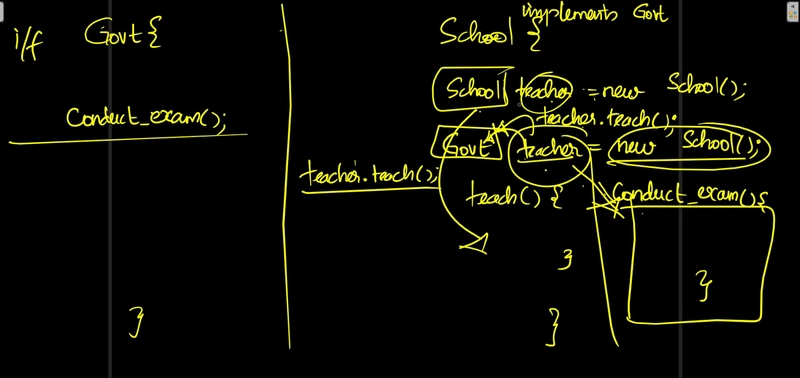
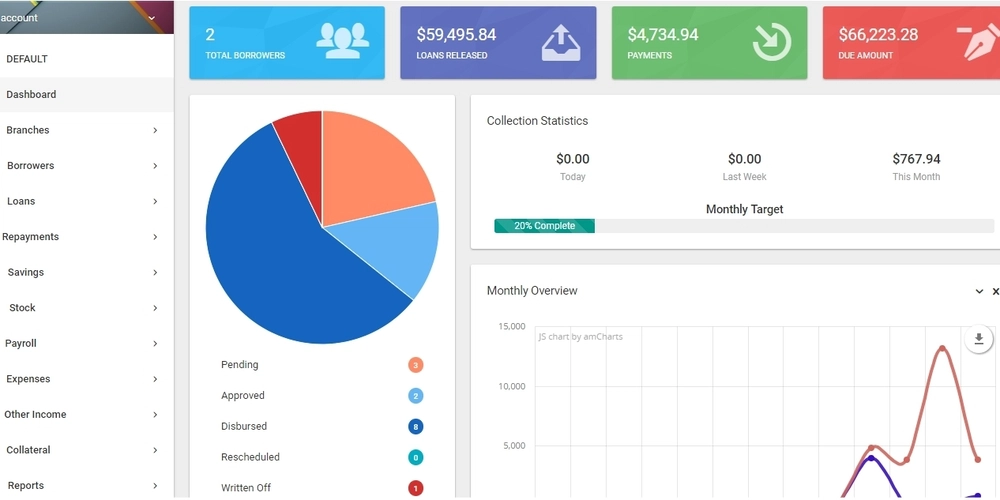

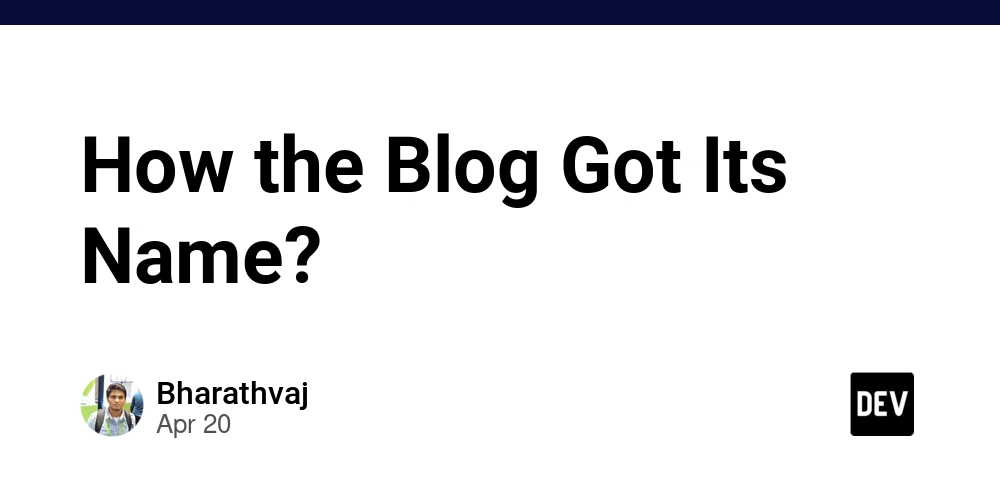









![[DEALS] The All-in-One Microsoft Office Pro 2019 for Windows: Lifetime License + Windows 11 Pro Bundle (89% off) & Other Deals Up To 98% Off](https://www.javacodegeeks.com/wp-content/uploads/2012/12/jcg-logo.jpg)



























![Is this too much for a modular monolith system? [closed]](https://i.sstatic.net/pYL1nsfg.png)






















































































































_Andreas_Prott_Alamy.jpg?width=1280&auto=webp&quality=80&disable=upscale#)
































































































![What features do you get with Gemini Advanced? [April 2025]](https://i0.wp.com/9to5google.com/wp-content/uploads/sites/4/2024/02/gemini-advanced-cover.jpg?resize=1200%2C628&quality=82&strip=all&ssl=1)













![Apple Shares Official Trailer for 'Long Way Home' Starring Ewan McGregor and Charley Boorman [Video]](https://www.iclarified.com/images/news/97069/97069/97069-640.jpg)
![Apple Watch Series 10 Back On Sale for $299! [Lowest Price Ever]](https://www.iclarified.com/images/news/96657/96657/96657-640.jpg)
![EU Postpones Apple App Store Fines Amid Tariff Negotiations [Report]](https://www.iclarified.com/images/news/97068/97068/97068-640.jpg)
![Apple Slips to Fifth in China's Smartphone Market with 9% Decline [Report]](https://www.iclarified.com/images/news/97065/97065/97065-640.jpg)



































































































































